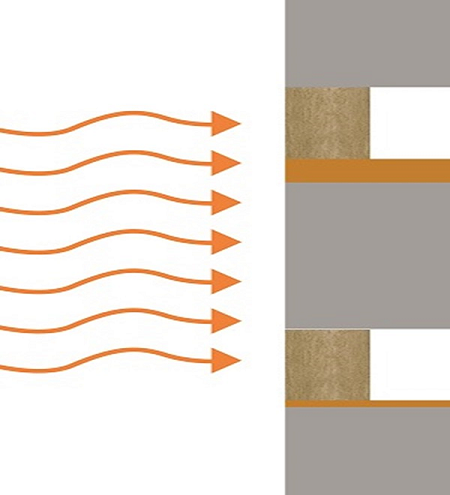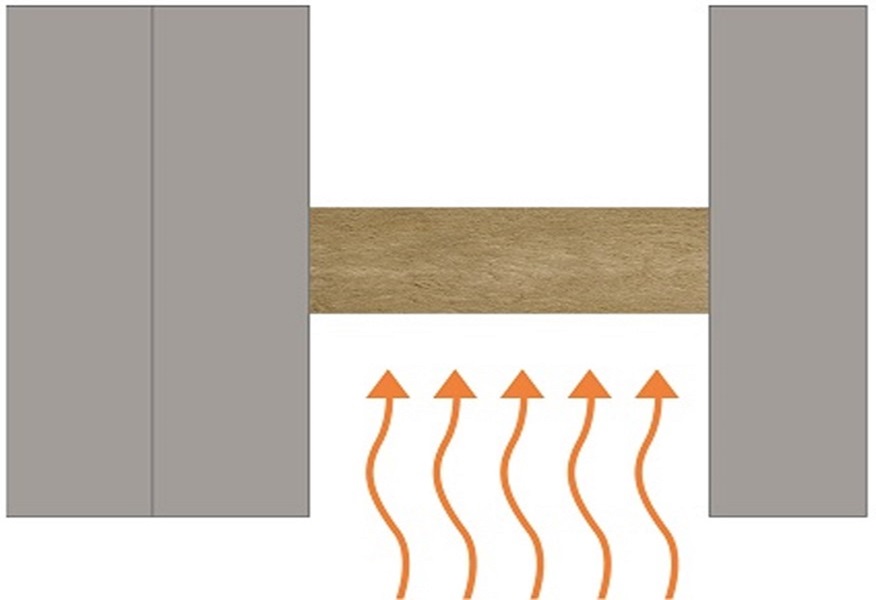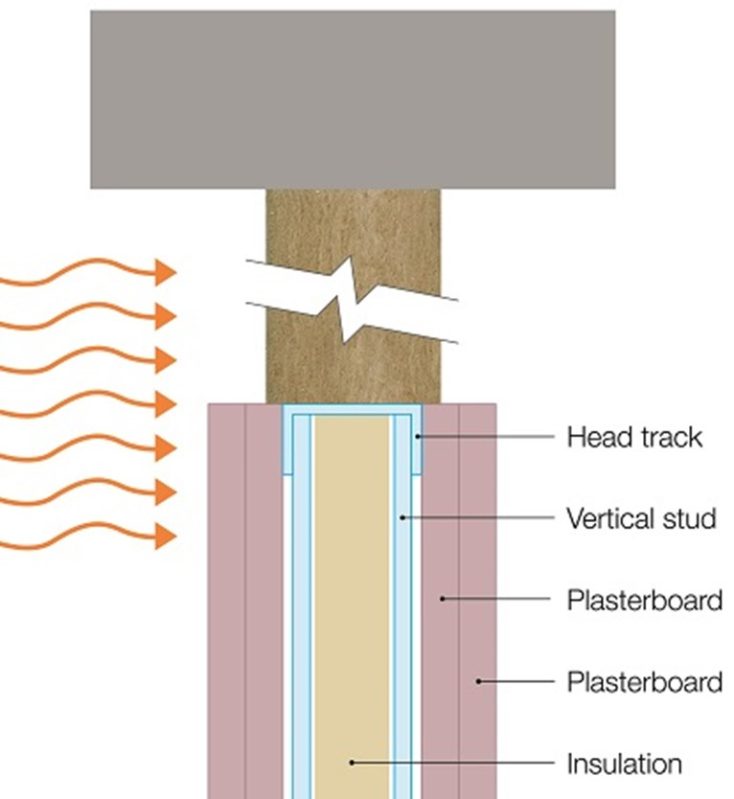Fire Barriers, Cavity Barriers and Cavity Closers; What is the difference?
Three of the most confusing descriptions for a product used for virtually the same purpose; to prevent the passage of smoke, heat and fire through the spaces they fill.
It is where the cavity, gap or void exists that determines whether a Cavity Barrier, a Cavity Closer or a Fire Barrier is required.
I have seen many different descriptions through the years as to how you can tell one from the other but it’s only when you get into the world of fire testing that the importance of understanding the differences has become clear… but do you understand the differences?
Lets get back to basics; what is a cavity?
According to Approved Document B, a cavity is a space designed into the building, external wall cavities are designed into the construction with insulation for thermal purposes, raised access floor systems are designed cavities often used in offices to provide space for services.
A roof space or loft is also a cavity in semi-detached properties or maisonettes.
These are all cavities, or spaces that are designed into a construction and therefore these would all require a suitable cavity barrier.
Whilst a fire barrier is serving the same purpose, fire barriers are not fitted into designed cavities; Fire Barriers are used to seal imperfections of fit within a building.
An imperfection of fit may occur where a wall doesn’t quite reach the soffit above, or where a wall meets a column.
Sometimes used for filling voids to allow for expansion and contraction within the building, Fire Barriers are generally much smaller than cavity barriers.

Cavity Closers are fitted into designed cavities but are not Cavity Barriers. Cavity Closers are used at the perimeters of cavities for example closing the cavity a around door or window opening in an external wall.

So all of the examples above are for a product that prevents fire, heat and smoke from passing, they are all tested to the same standards; usually BS 476-20 or EN 1366-4 but there will be some differences that may not be apparent between the three.
When fire testing a Cavity Barrier, a Cavity Closer or a Fire Barrier there are several options available to the manufacturer testing their product.
A horizontal barrier can be fitted flush with the soffit of the test rig, the barrier can be fitted centrally or the barrier can be fitted flush with the top of the test rig; all three positions will produce different results so it’s important to understand the difference.
A Cavity Closer, fitted around a door or window opening for example, is likely to sit right at the edge of a cavity; in a fire situation fire can almost immediately attack a Cavity Closer therefore when testing a Cavity Closer, the seal should be mounted level with the soffit of the test rig to replicate this.
A Cavity Barrier, sitting vertically on a party wall line or a horizontal Cavity Barrier sitting on the line of a compartment floor isn’t attacked with as much aggression in a fire situation; the fire has to travel up or across the cavity before it reaches the barrier.

With this in mind most manufacturers will test their Cavity Barrier mid-height of the test rig achieving better results.
A Fire Barrier is more likely to be tested in the application in which it is being used, at the head of a flexible wall built with a known fire performance and classified in accordance with EN 13501-2 for example.
With the introduction of EN 1366-4 (2021) there is now a test methodology for testing firestops in permanent trapezoidal formwork.
Does it really matter?
The test standards against which the products are tested seem to say so. A barrier mounted flush with the top of the test rig cannot be mounted closer to the edge of the cavity than tested but a barrier mounted level with the soffit of the test rig may be used in this position, or moved further away from the edge of the cavity.
You may want to consider this when a supplier proposes a Cavity Barrier for use in a Cavity Closer application; will the certification actually cover the products use around an opening?
At AIM our Cavity Barriers are tested as Cavity Barriers and Cavity Closers. Our Cavity Barriers and Cavity Closers are tested flush with the soffit of the test rig to replicate a ‘worst case’ position in a fire and our Fire and Cavity Barrier products are, wherever possible, tested in their final application in conjunction with a masonry or flexible wall.
Whilst all three products are fitted to serve the same purpose, you can now see that there’s a significant difference between how all three would be tested and if you don’t understand the differences you may specify or fit a product that hasn’t been tested in the position its being fitted into.
